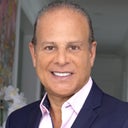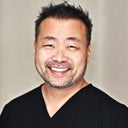Thank you for your question. You state you underwent 4200 hair grafts, are at day 24, and you are concerned about the lack of hair shedding. You’re also concerned about damage from your head being rubbed significantly at day 21.

